I look across the street at what is
considered to be the catalyst for the architectural revolution
throughout Saigon.
The peak in Saigonese modernism.
The
Reunification Palace {known until 1975 as the Presidential Palace}.
Separating me from this building is the
same thing that separates me from every other place in my new city of
residence: a sea of motorbikes and taxicabs.
Aside from the busy streets which are
not typically adorned with {respected} traffic lights, the intense heat
and high humidity levels make getting around in this city a difficult
adjustment. The air sort of sticks to my skin; it curls my hair in
ways that I never knew were possible, and it causes sweat to pour
from every pore on my body. It is uncomfortable to say the least.
People say I'll get used to both the
heat and to the streets. I am already excited for that day to
arrive.
But I cannot wait around for that
joyous moment; there is too much to do in my new city and
so, so much to learn.
So, here I stand {sweating}, outside the
Reunification Palace, built by Roman Grand Prize winner, Ngo Viet Thu
in 1962.
It served as the headquarters and home of South Vietnam's
President Nguyen Van Thieu until April 1975, when North Vietnamese
Army tanks crashed through the palace's gates marking the fall of
Saigon and the creation of the Socialist Republic of Vietnam. Though
the tanks are parked on the front lawn, the completely rebuilt gates
offer no evidence of the turning point in Vietnamese history.
Wandering through the palace, I am
surprised to realize it is less a reminder of war and more just a
fancy tourist attraction – it almost feels as though I am walking
through a James Bond movie set – especially when looking at the
escape chopper stationed on the roof. Rooms are set up as they were when it was in use and very little information is given about the war years. When the war is referred to, it is called the American War.
The basement bunker displays original
war maps and the president's combat duty bedroom. A small room
displays a few seemingly random photographs of different events held
at the palace throughout the post-war decades. The photo room also
offered a small air-conditioner which I took extreme advantage of
before exiting back into the suffocating heat of HCMC.

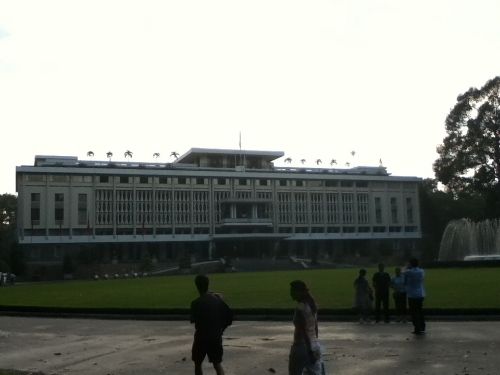
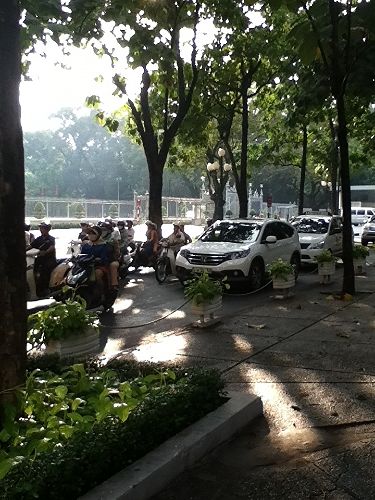
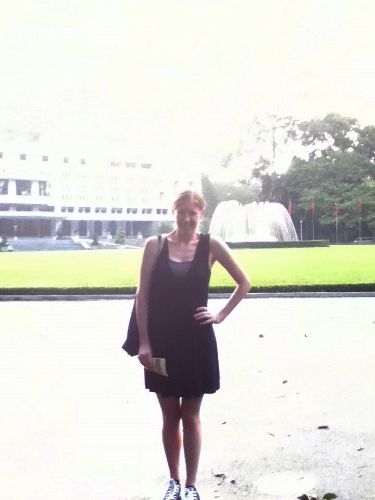

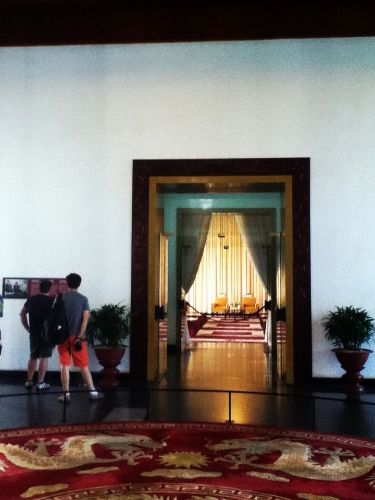
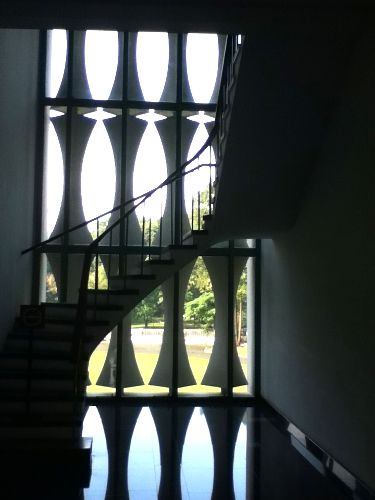
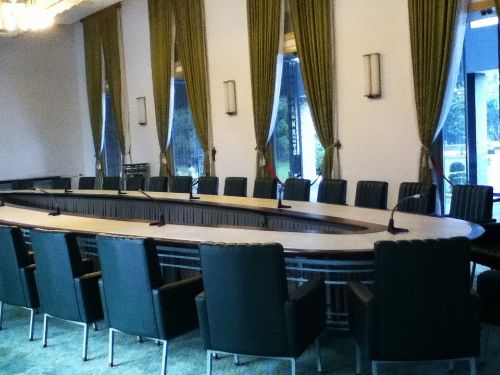
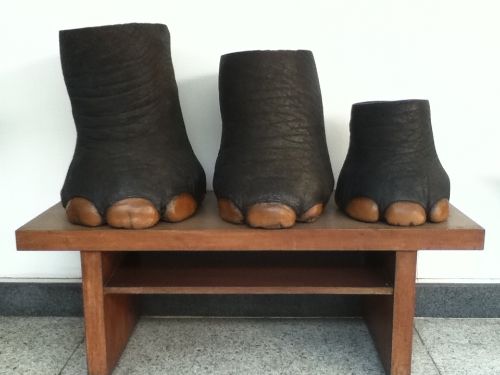

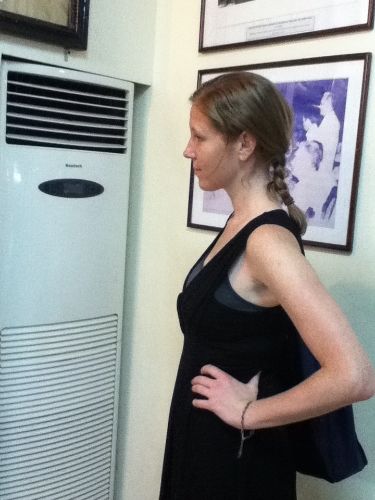
No comments:
Post a Comment